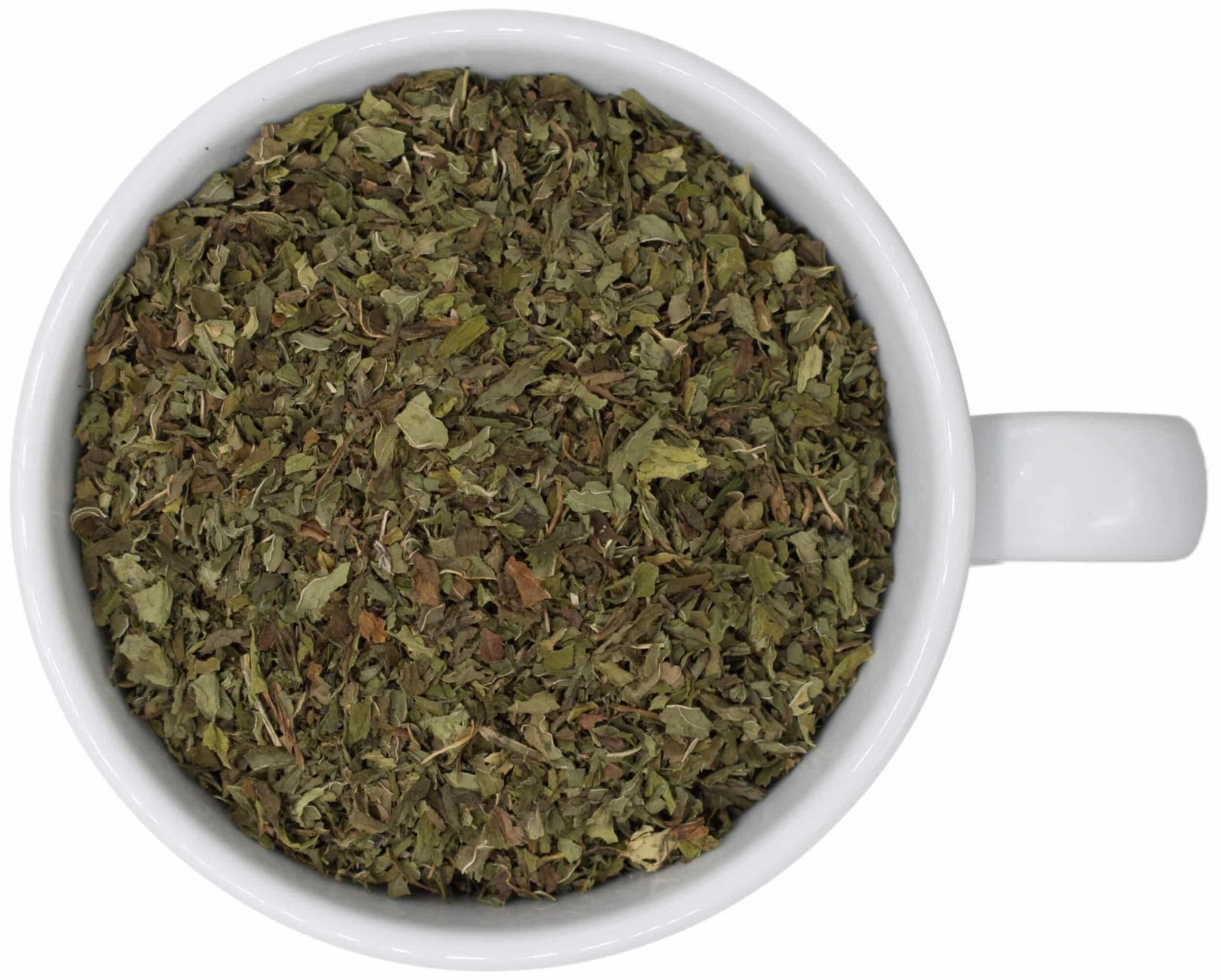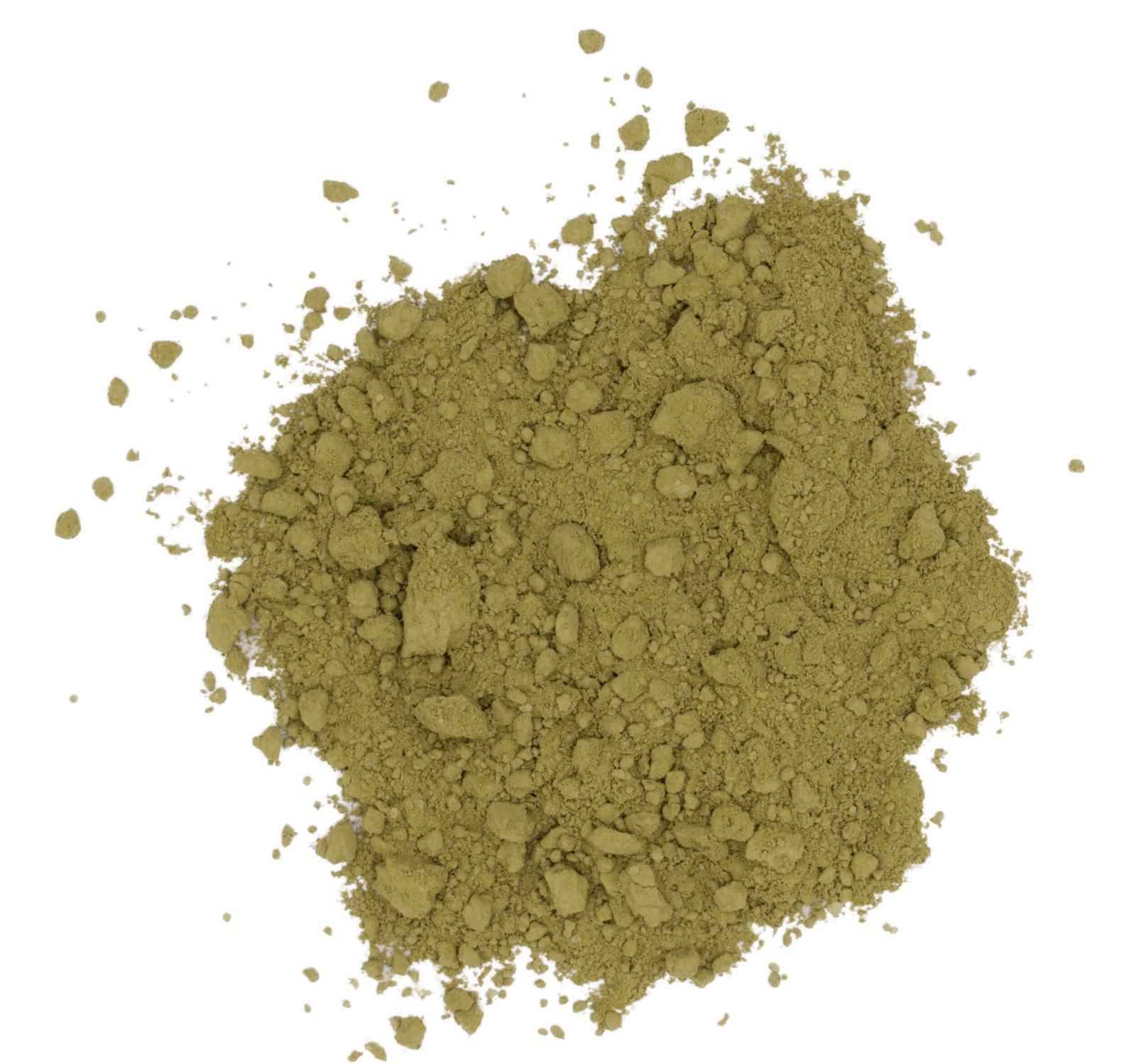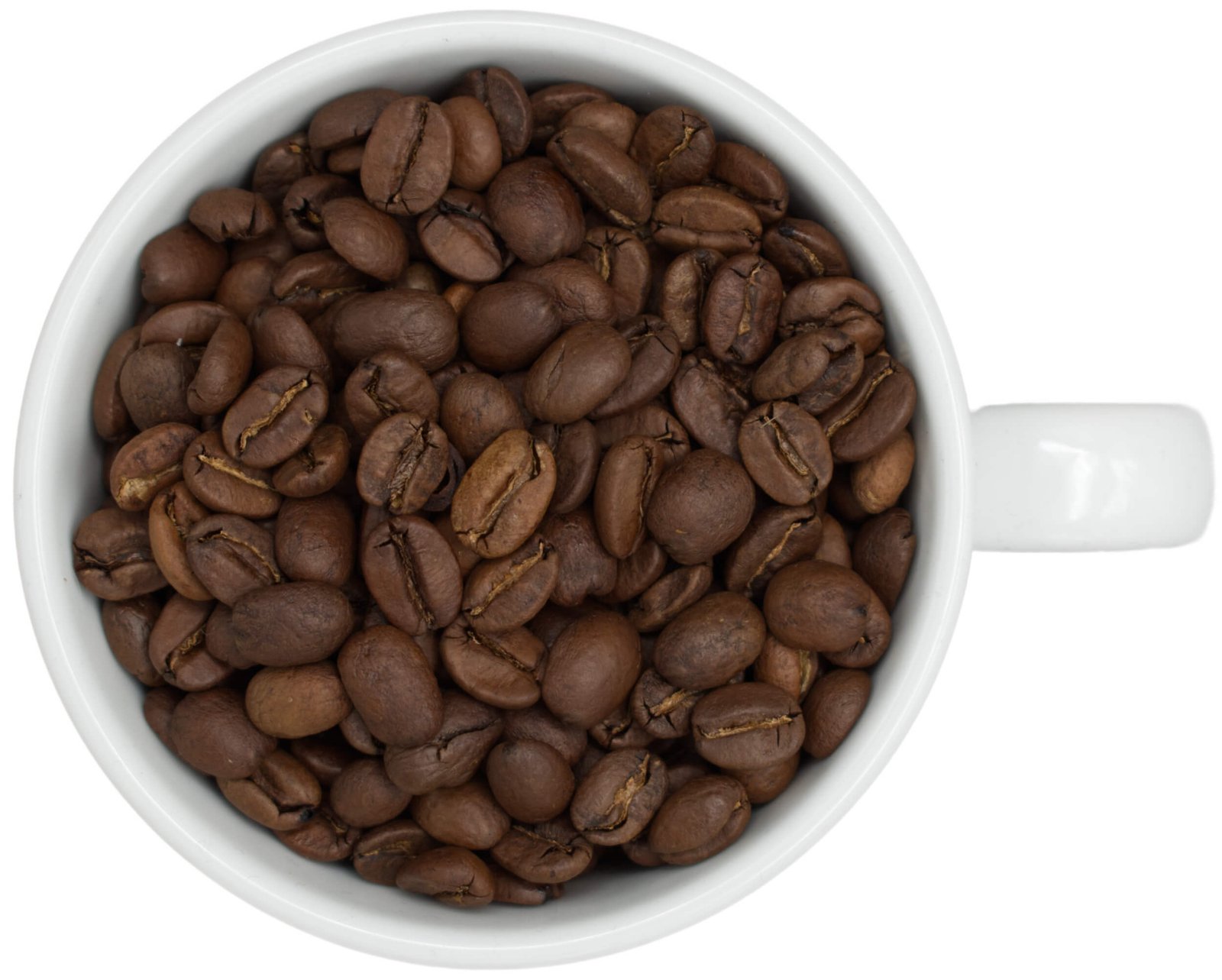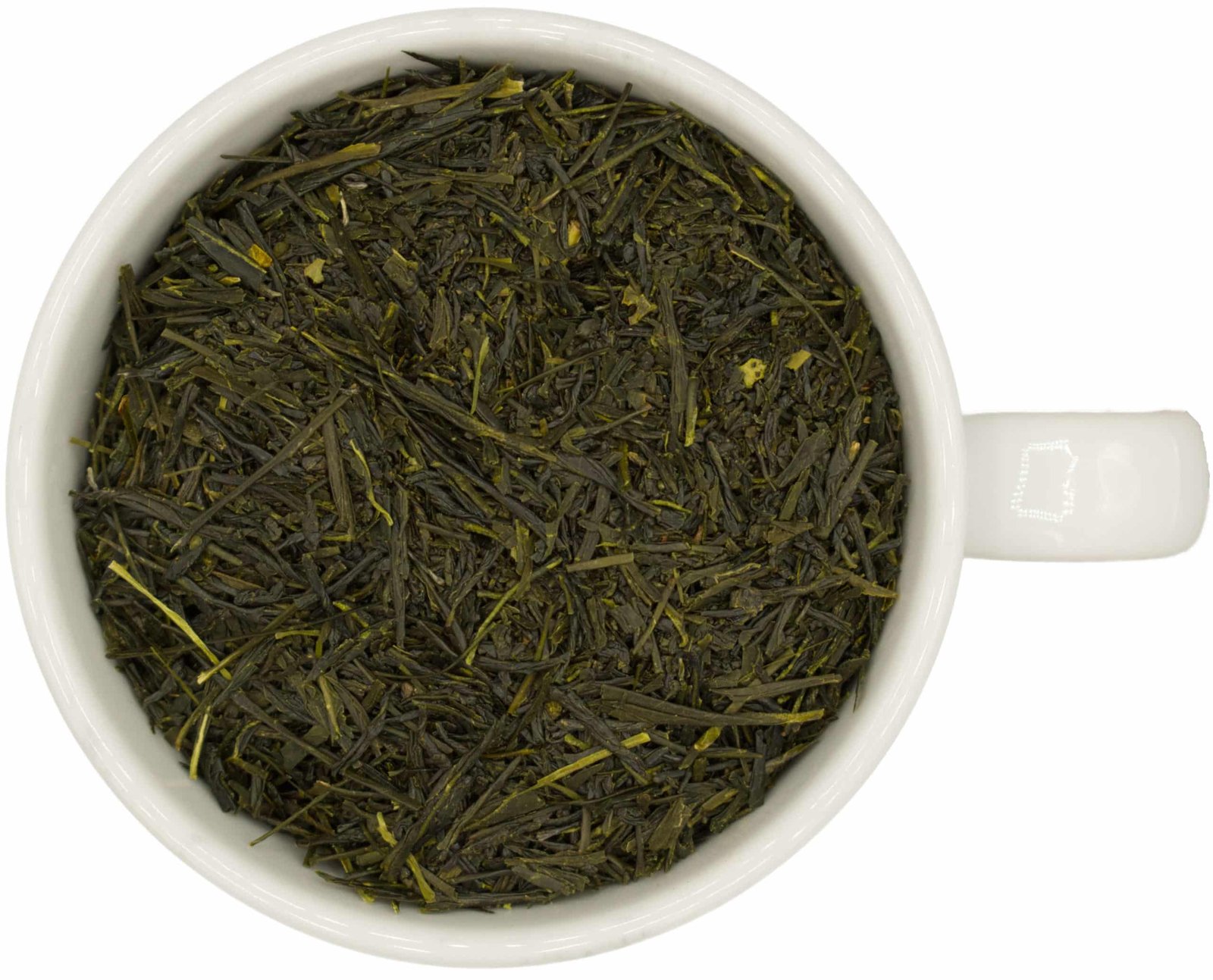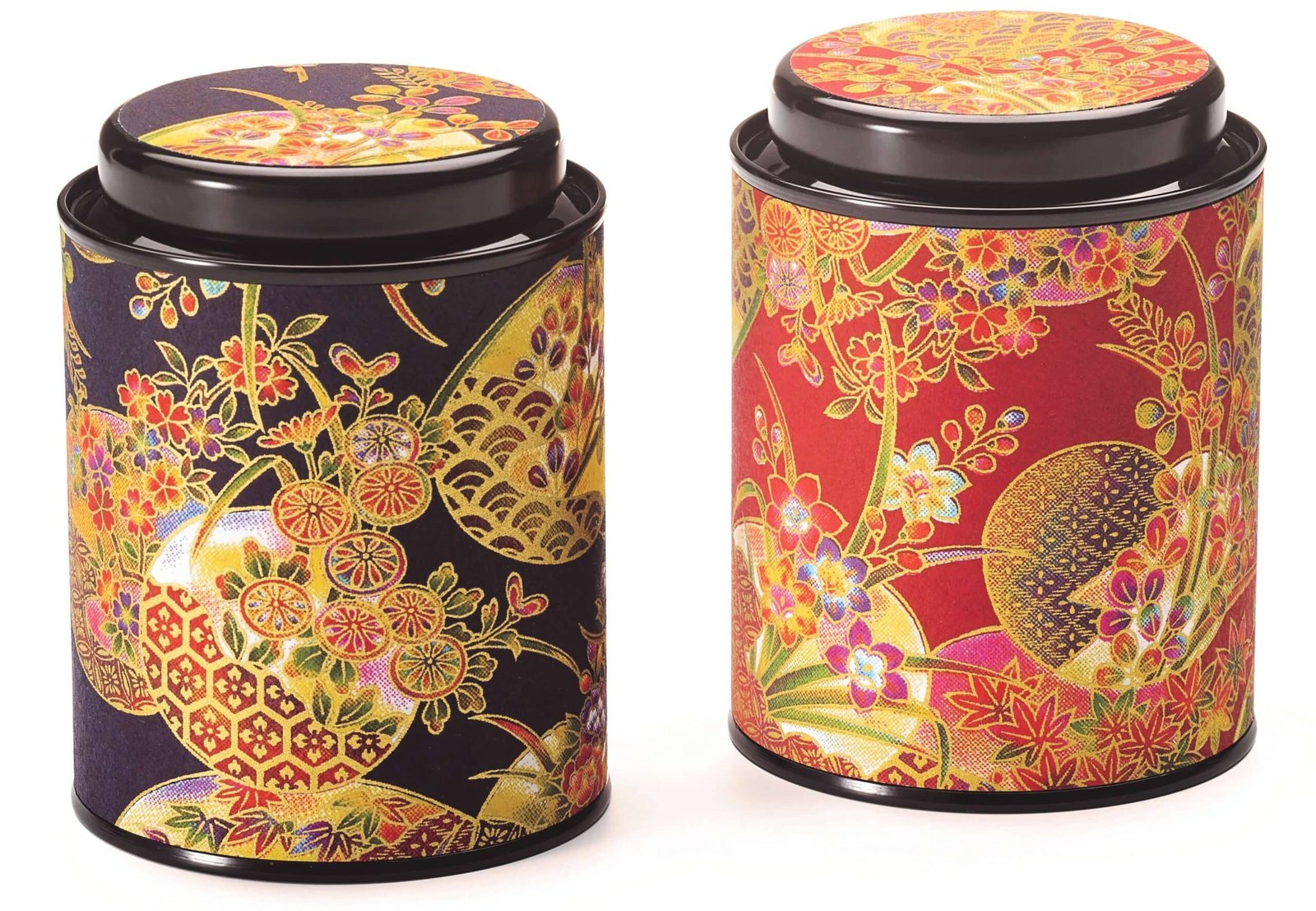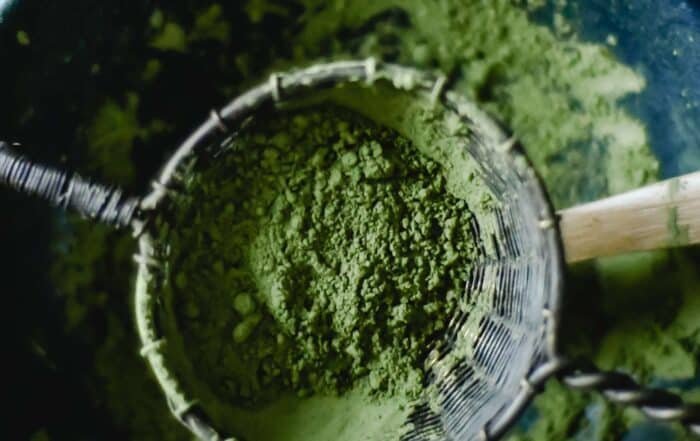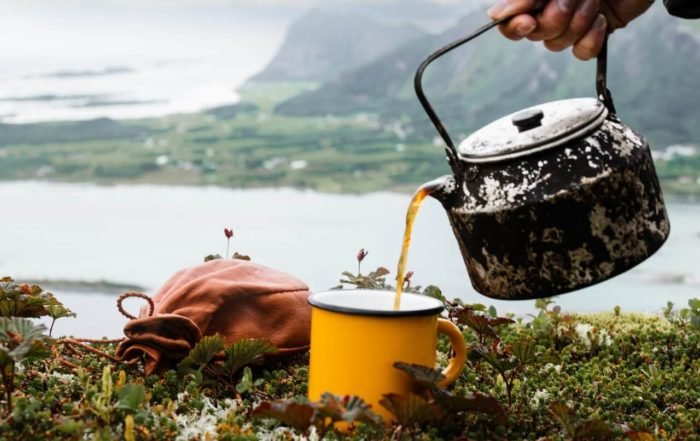What are unorthodox teas?
Unorthodox are – the name says it already – all teas that are not orthodox. So these are all those infusions that do not originate from the tea plant. So these are all herbal teas, for example, fennel-anise-cumin, but also tubers like the ginger or even fruit teas like our Ibiza. Even teas that are actually orthodox, such as our Mariannelund black tea, become unorthodox teas after ingredients and flavors are added.
Likewise, Rooibos, Honeybush but also Mate are among unorthodox teas.
The world of fruit & herbal teas
In the unorthodox world, there are no boundaries. The addition of any ingredients and flavors allows a variety of smells and tastes rarely found elsewhere.
Fruit & herbal teas are by far the most popular teas in Germany. Classics such as the fennel-anise-caraway mixture or red berries are real perennial favorites. In the meantime, more and more exotic varieties are being added. Sometimes with popcorn, sometimes with marshmallows and cotton candy flavor or even with aloe vera. Seaweed, vegetables or pepper also find their way into extravagant blends every now and then.
The basic ingredients in fruit and herbal teas include hibiscus, apple pieces and rosehip peel. Such ingredients give the tea a body on which to build flavor nuances.
Hibiscus tastes tart, apples give the tea a pleasant sweetness. Rose hips are sweet-tart in taste.
In herbal teas often add mint, blackberry leaves, lemongrass or lemon or orange peel and licorice. These shape the taste immensely. Mint adds menthol freshness, blackberry leaves additional acidity. Lemongrass, lemon and orange peels give the tea a lemony freshness. Licorice roots provide intensely sweet and licorice-like flavor. Cinnamon and cocoa nibs are also popular ingredients.
In the case of fruit teas, for example,currants, blueberries or even tropical fruits such as pineapple or mango are added. Additional highlights can be added as a special extra. This can be, for example, whole raspberries, strawberry slices or orange quarters. Floral splendor, such as safflower, also elevate the tea’s appearance to a whole new level.
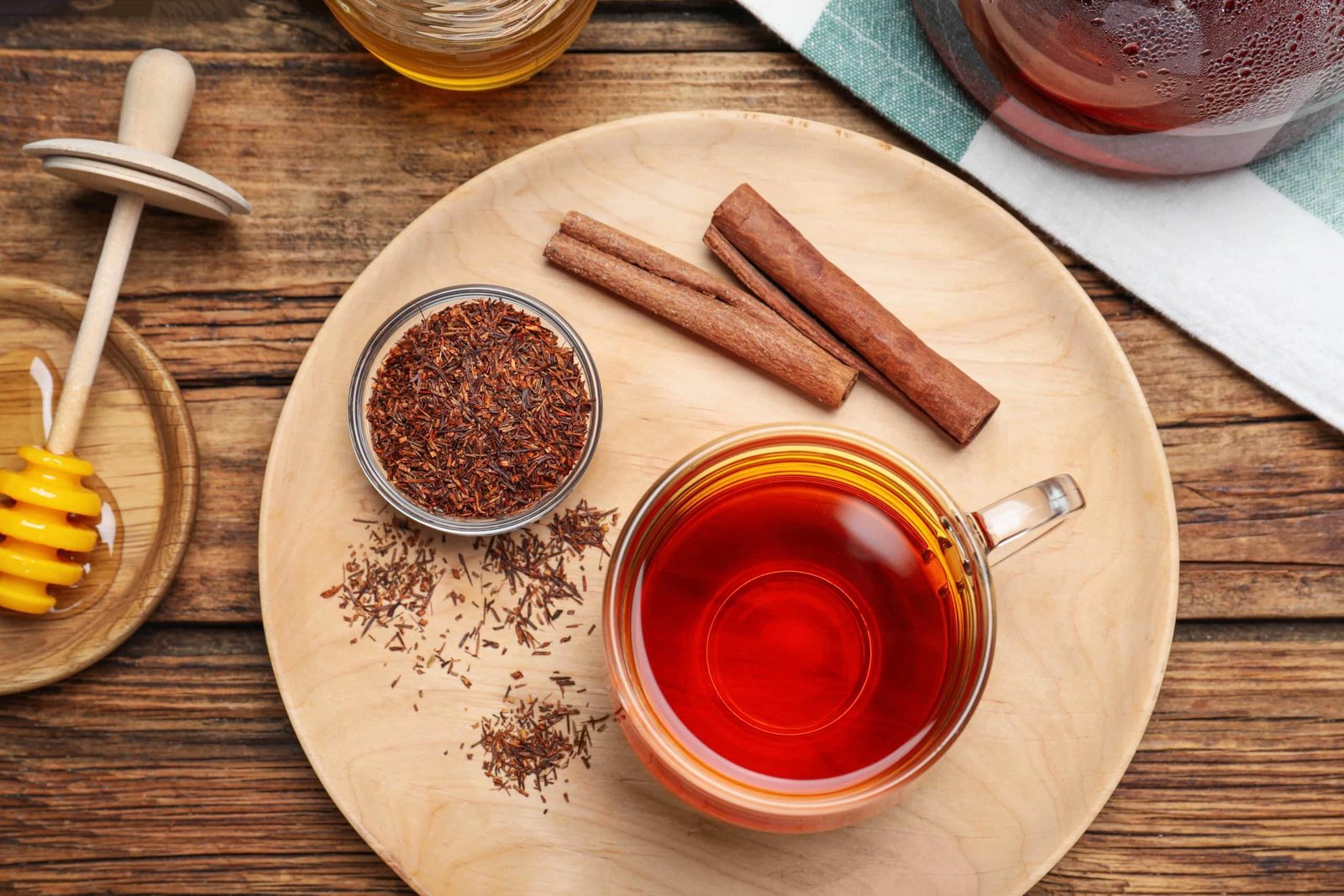
Red & Honey Bush Teas and Mate
Rooibos, like its unoxidized brother, green Rooibos, grows in South Africa on the Cedar Mountains. The green Rooibos tastes proportionally even sweeter and fresher. Rooibos is exceedingly popular as a caffeine-free alternative to orthodox teas. Since, unlike “real” tea, it has no tannic acid, it does not bitter. The soft taste is also ideal as a base for other ingredients. Our Rooibos comes exclusively from cultivated wild growth in “super grade” quality.
Honeybush also comes from South Africa, the bush is sweeter the finer the cut. Honeybusch also offers refinement with other ingredients.
Mate is a species of holly. The infusion of this is popular in Latin America. For the production, the leaves of the mate bush (Ilex paraguariensis) are harvested, wilted and dried. This is also known from tea. For green mate, the fermentation is stopped by heating. Mate is traditionally drunk from a calabash, a traditional drinking vessel made of bottle gourd or even stainless steel.
Black tea specialties
There is a whole range of special black teas – one of them is Pu-Erh. Pu-erh is fermented tea. So microorganisms and enzymes are at work here. This gives the tea a strong, earthy character. Popular is the Pu-Erh mainly in China, but also in Spain.
If you like it spicy, you should definitely try Chai. Chai is available as an Indian classic in a black tea blend with spices. Very tasty with milk and sugar. This is also the traditional way to drink the chai.
The Earl Grey is a real classic! For this purpose, Ceylon tea is provided with bergamot oil. Cheaper blends also use only bergamot flavoring. Originally, the tea comes from the United Kingdom. Even today it is loved for the metallic citrus taste.
Green tea specialties
In the green tea sector, Gyokuro simply must be mentioned. This Japanese specialty is shaded before harvest, which provides an intense green leaf due to stimulated chlorophyll production. The result is a sweet-tasting and intensely grassy green tea. Also ideal for beginners!
The Genmaicha also comes from Japan. “Genmai” means rice and Cha is tea. And what can we say, this is a pretty good description! In Genmaicha, both puffed and roasted rice is added to the Bancha. The taste is mild and nutty. By the way, the puffed rice is also called “Blossom” in Japan. This specialty is also ideal for beginners.
Matcha also traditionally comes from Japan. This specialty is quite costly, which is why we also carry a Chinese alternative in our assortment. In Matcha, the green tea is shaded with cloths before harvesting, similar to Gyokuro. The leaves are elaborately ground into the finest powder using stone mills. Matcha is whipped into a froth in a bowl with a chasen (a broom) and drunk immediately.
Leave a comment
We think you might like this
Pssst… We’ll write more here!
Making tea: how to make Matcha
At True Tea you will find everything for your Matcha. Want to learn how to ...
What is the CTC tea production?
CTC is a newer production process for black teas. Compared to the traditional method ...
Basic knowledge of tea: How do I prepare tea correctly?
How to properly prepare tea If you do a little research on the topic ...
7 Good reasons for True Tea



